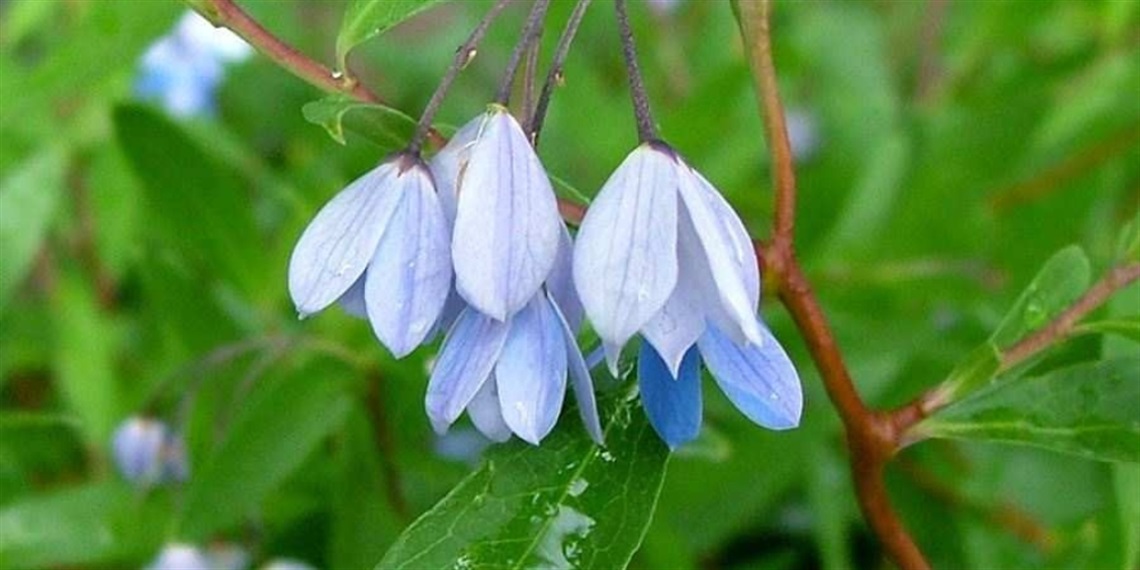Target Weed: Bluebell Creeper
Published on 05 April 2024

Bluebell Creeper by Sheldon Navie
What is Bluebell Creeper?
Bluebell Creeper, also known as Billardiera fusiformis or sollya, is a native plant of Western Australia that has been widely cultivated as an ornamental garden plant and planted in gardens outside of its original area. It is now regarded as a significant environmental weed in Victoria.
This plant easily produces seeds and can be spread by birds. If the above-ground parts of the plant are damaged, it can regrow from underground root segments, resulting in the development of a widespread horizontal root system that can extend for several metres. The dumping of garden waste also aids in the spread of this plant.
Why should we avoid planting it?
Its twisting, evergreen shrub or climber form allows it to out-compete native plants for sunlight, smothering or strangling them. The dense growth of the Bluebell Creeper can also prevent natural regeneration. This weed contains toxins that can cause skin irritation and nausea.
How do you remove it?
Control methods include pulling up or digging out seedlings and saplings and cutting or scraping the stem and applying herbicide. For larger infestations, herbicides approved for use can be applied selectively, following safety guidelines and regulations.
There are two indigenous Billardiera species, also known as apple berry, in Maroondah that may be confused with this environmental weed - these are B. mutabilis and B. scandens however, neither have blue flowers. These are also environmental weeds but they are not as invasive in Maroondah.
More information
For more information on Bluebell Creeper visit Weeds of Australia.